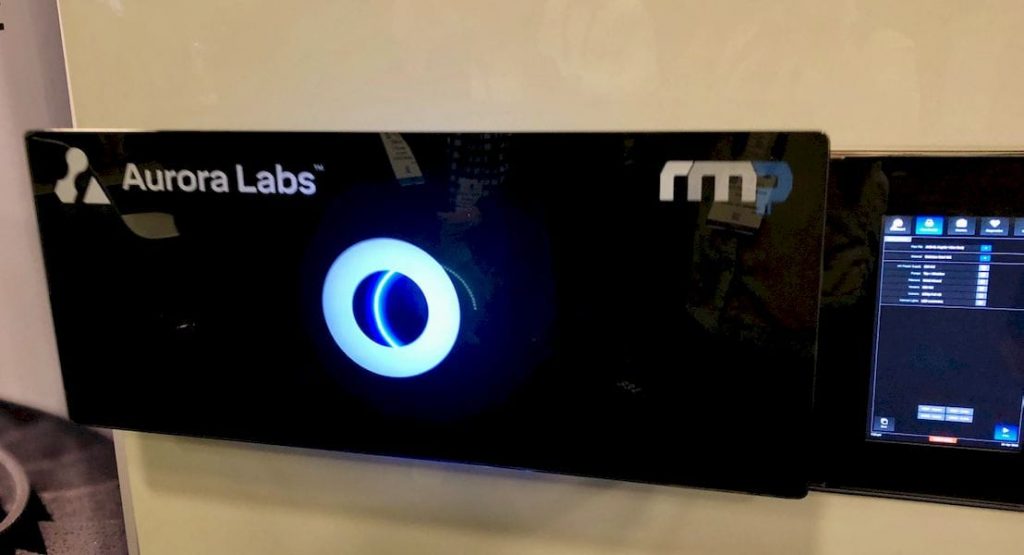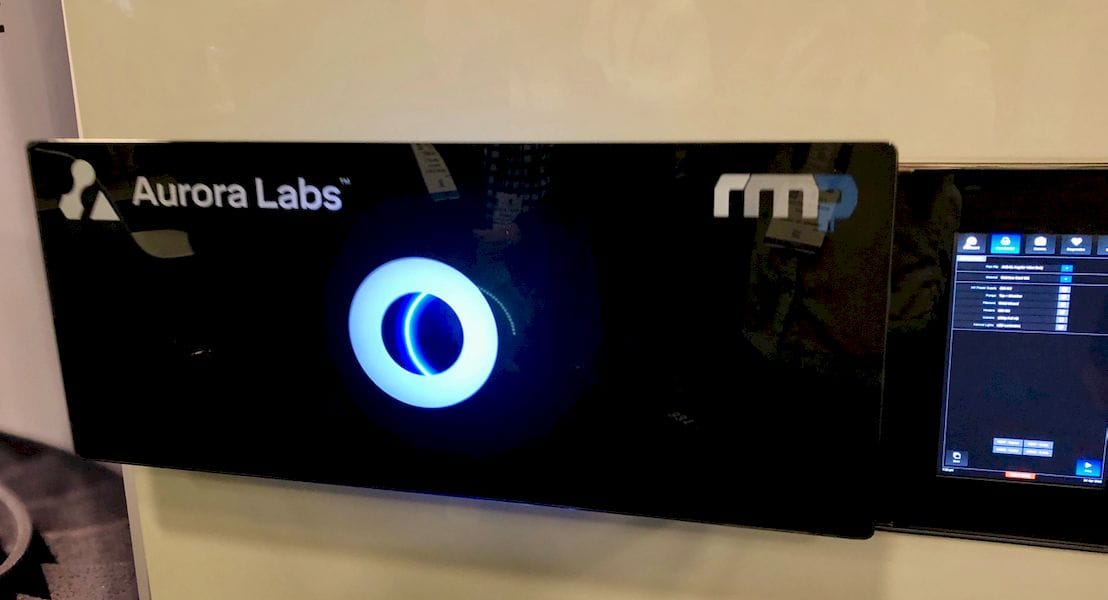
After a long period of silence, Aurora Labs announced they have launched a project to attempt to meet certain aerospace manufacturing standards.
The Australian company has been developing a revolutionary metal 3D printer that in theory could be able to 3D print up to one tonne of metal per day. This is significantly higher than currently available commercial alternatives.
Should they succeed, they might open up new markets for metal 3D printing, such as onsite remote 3D printing of large metal spare parts for mines, oil exploration or other heavy industries.
Up until the pandemic we heard from the company on a regular basis, as they told of achieving various milestones on their development plan. But then the pandemic hit and we didn’t hear from them until this week.
It turns out that during the pandemic they turned inwards and were focusing entirely on developing the technology, rather than attempting marketing during troubled times. This is a strategy I resonate with, having been physically away from many in the 3D print space for two years now.
The news this week is that the company is launching a “Print Campaign” to demonstrate their system’s ability to meet two key draft SAE International aerospace standards: AMS7039 and AMS7032.
According to SAE International:
AMS7039: Material specification for parts made from 316L using laser powder bed fusion. Very similar to AMS 7036 except that heat treatment is stress relieved and annealed as opposed to HIP. Note: AMS7036 says: “Material specification for 316L parts made using L-PBF. Includes chemistry, heat treatment, NDT, minimum properties”.
AMS7032: This specification defines a series of requirements that results in a specific additive manufacturing (AM) machine qualified to produce material in compliance to an aerospace materials specification. The use of gating steps to define specific elements is used, specifically Installation Qualification, Operational Qualification, Material Qualification and Performance Qualification.
Aurora Labs said:
“The parts produced will undergo various radiographic, metallurgical, mechanical and chemical testing that are essential quality indicators, including density, tensile and fatigue properties. Results must be shown to be repeatable and consistent across the four phases for the campaign to be deemed successful. Separate the to testing requirements, Aurora aims to complete the campaign within three months.”
Aurora Labs believes they will be the first 3D printing company to demonstrate these aerospace standards at 1500W laser energy.
This is a very interesting announcement, not only because of the potential technical achievement. It may also signal a shift in market strategy for Aurora Labs.
Previously they intended on and worked closely with the mining industry, in which significant savings could be achieved if onsite metal 3D printing could quickly produce large spare parts for industrial equipment. That sounded to me like a very good opportunity.
However, now Aurora Labs is demonstrating a standard that would be desirable for aerospace 3D printing. Does this mean that Aurora Labs is shifting away from the mining sector and moving towards aerospace?
We know that aerospace has in general adopted 3D printing as a standard approach after some years of persuasion and testing. It’s a growing market as companies shift their manufacturing from traditional to increasingly additive solutions.
It may be that Aurora Labs has realized their technology might be fill a specific niche in the aerospace market, something they could exploit.
It could also attract some investment from the aerospace sector, which has already proven their willingness to invest in the technology. This could speed up the company’s development progress significantly.
We’ll see what the result of this move can be in a few months.
Via Aurora Labs

